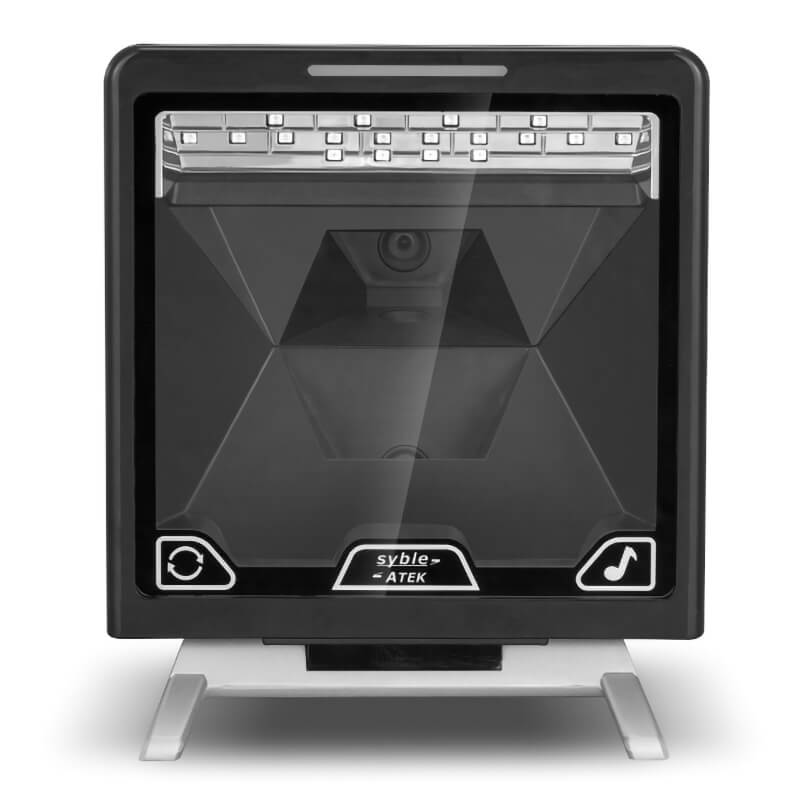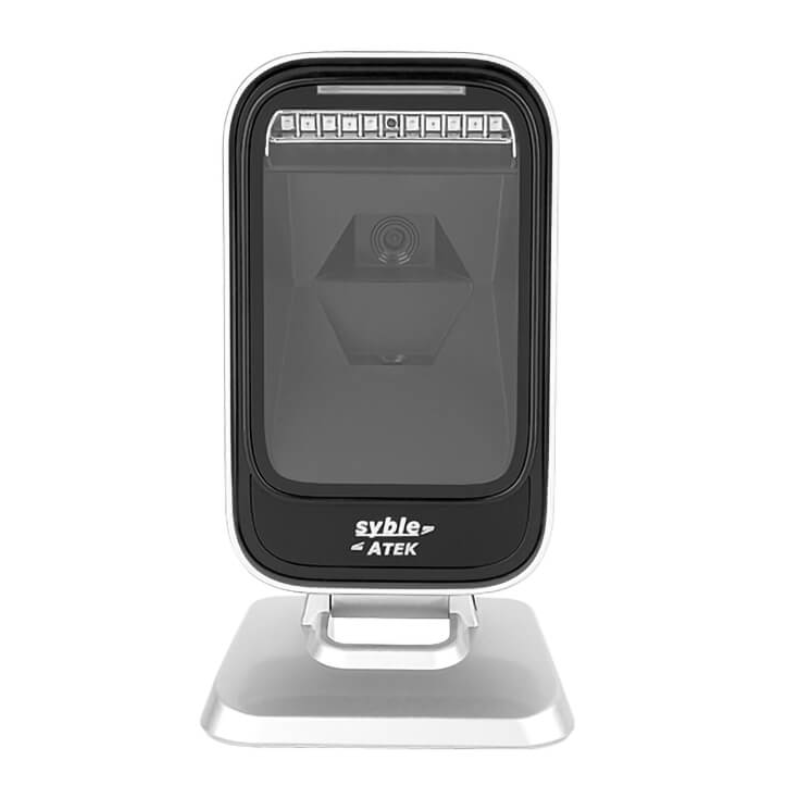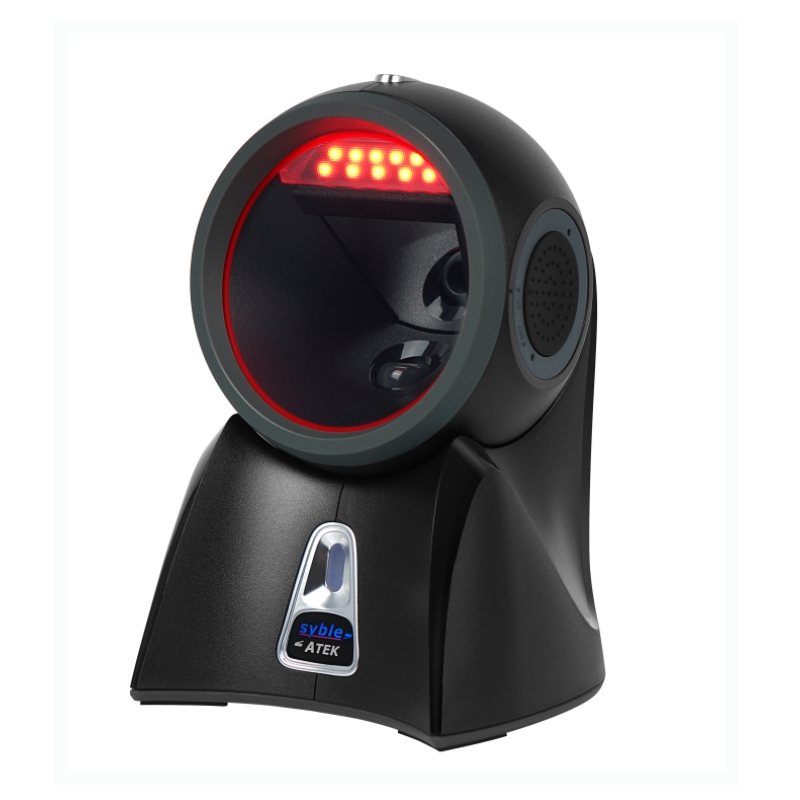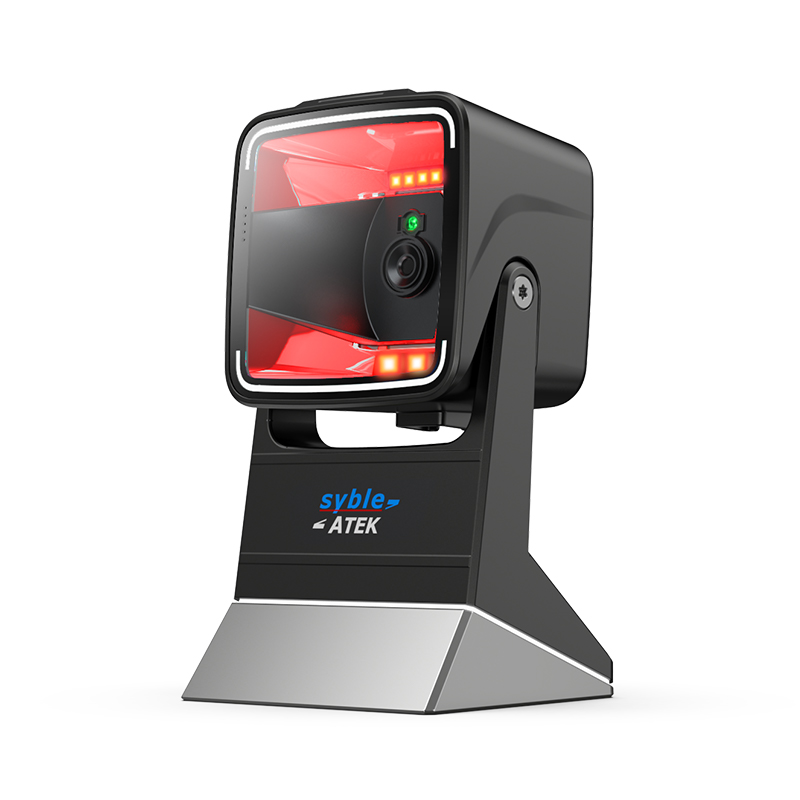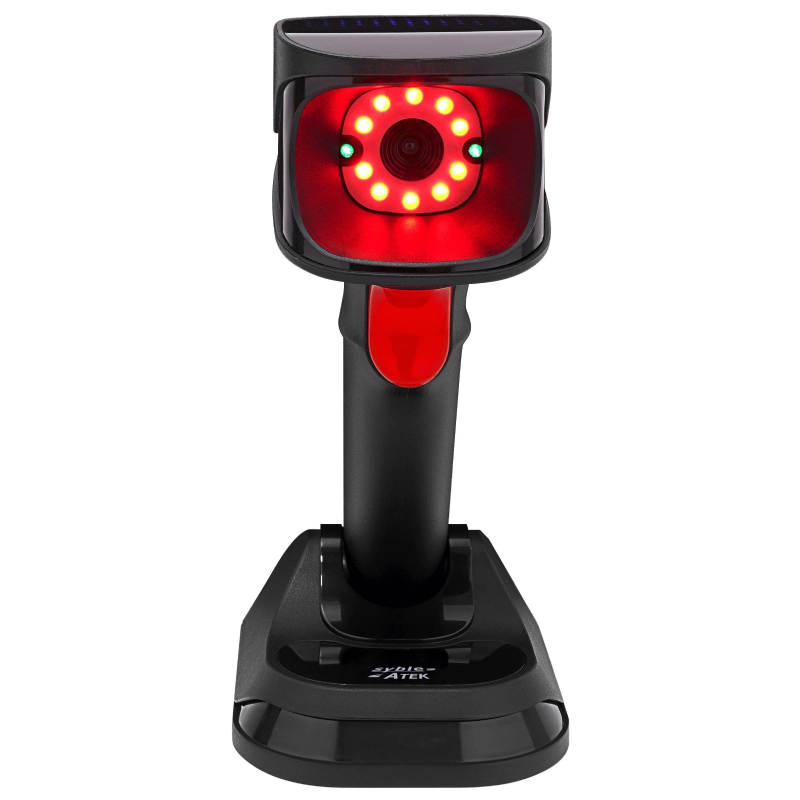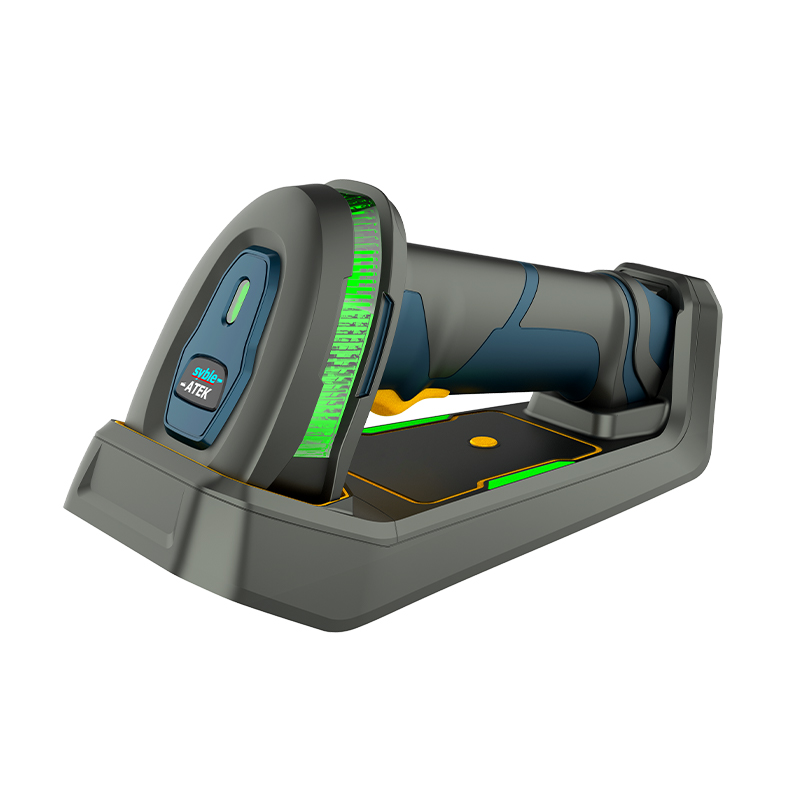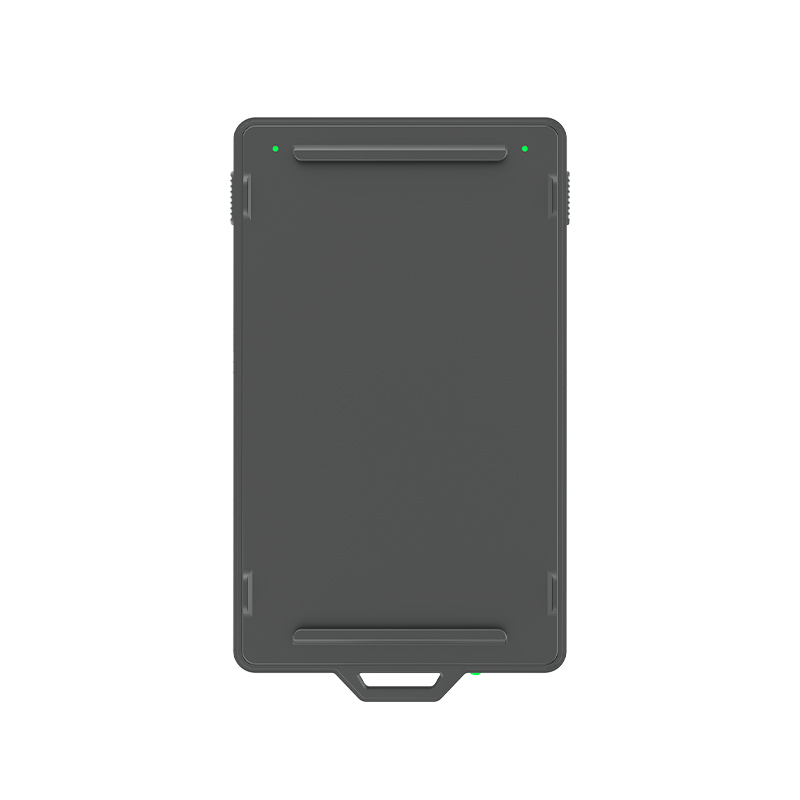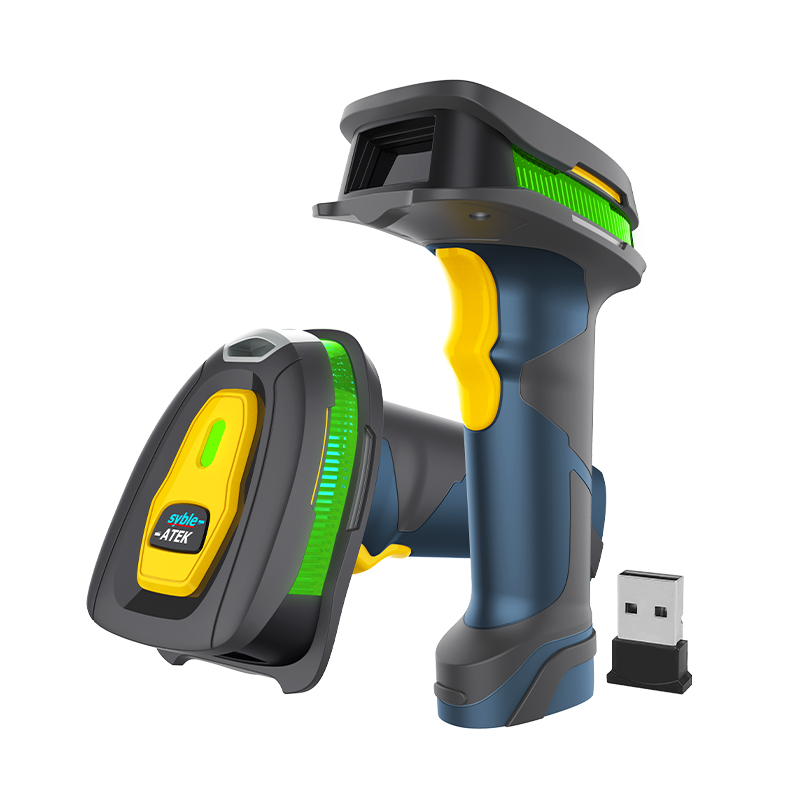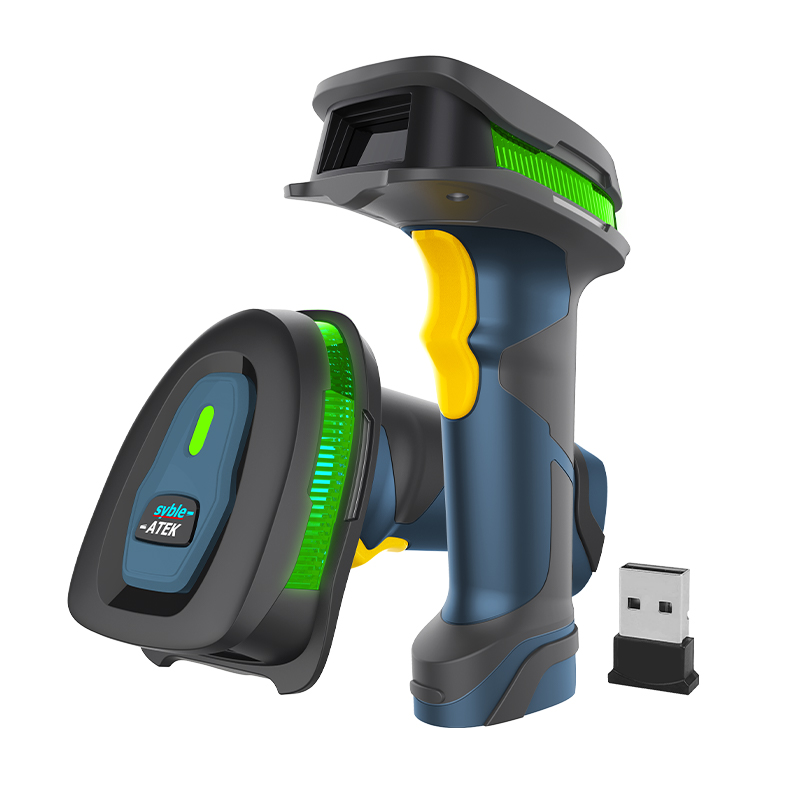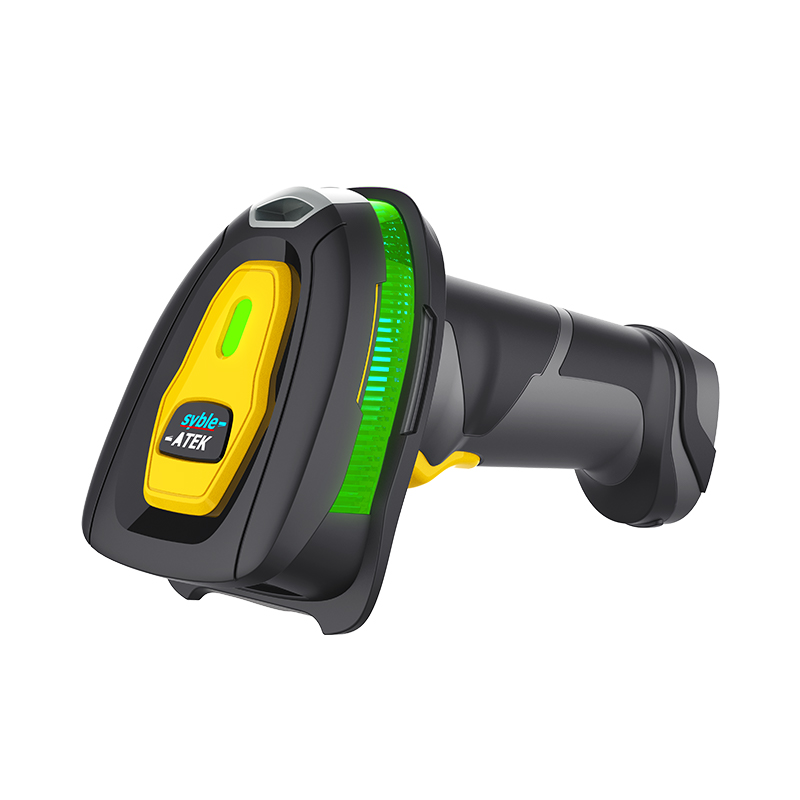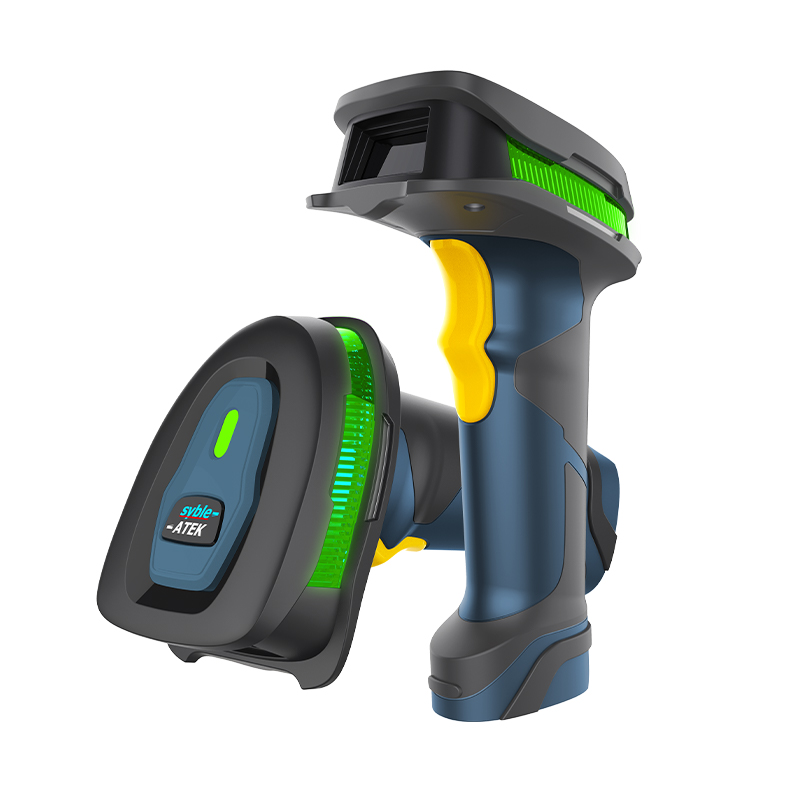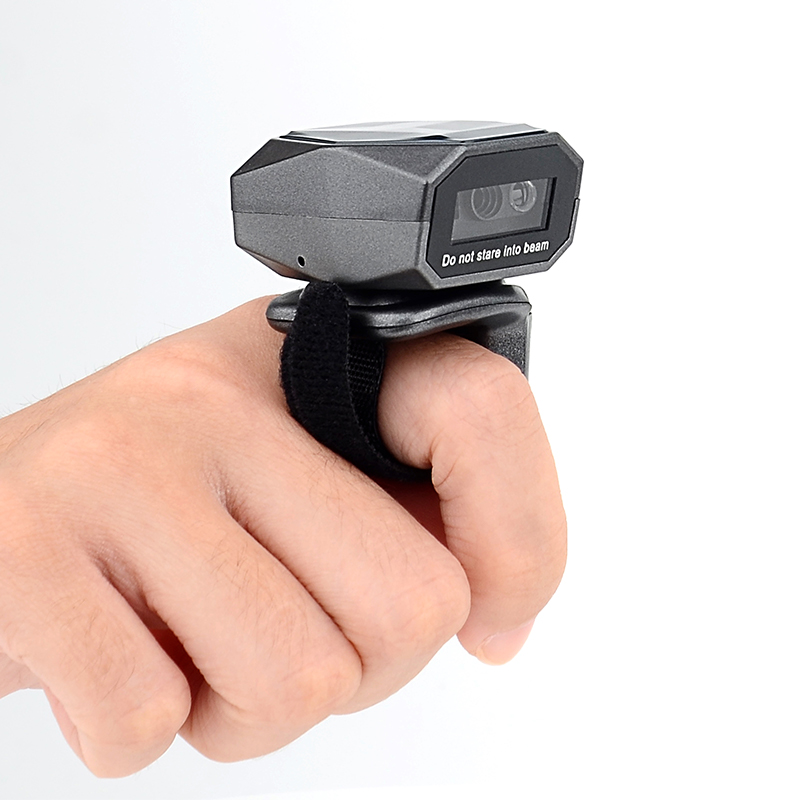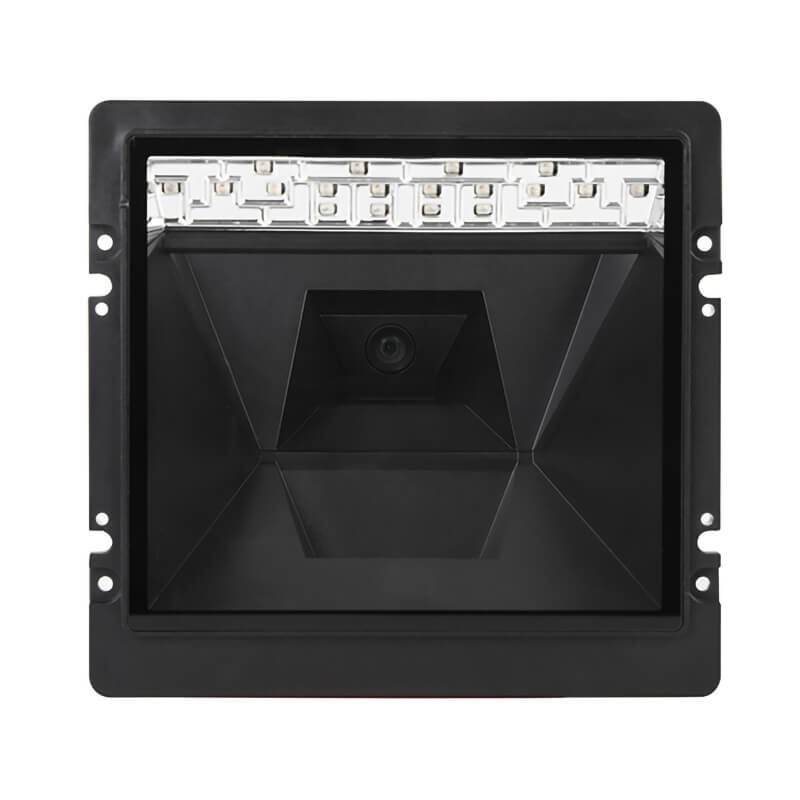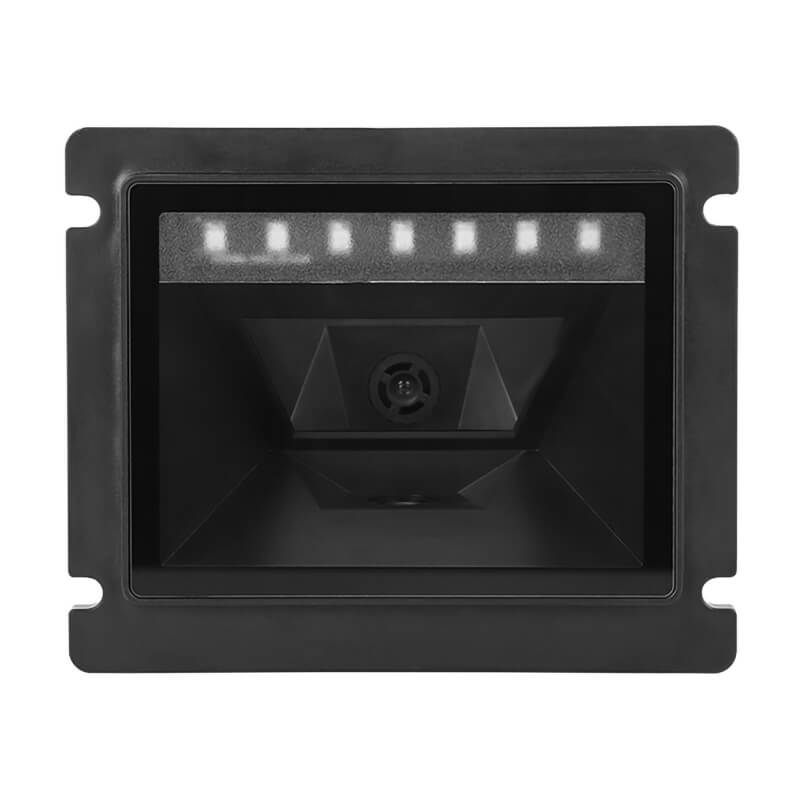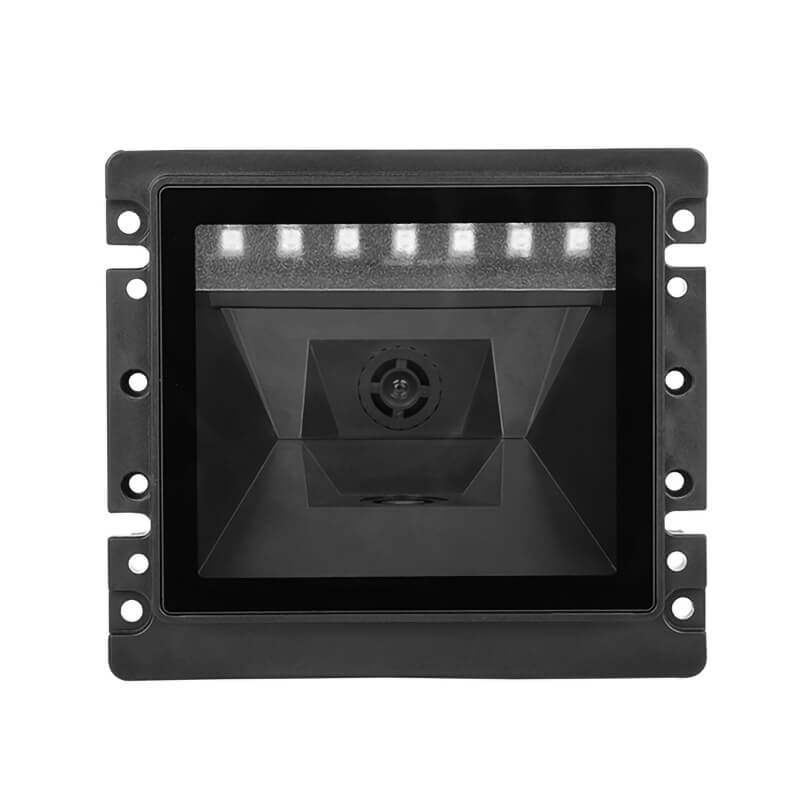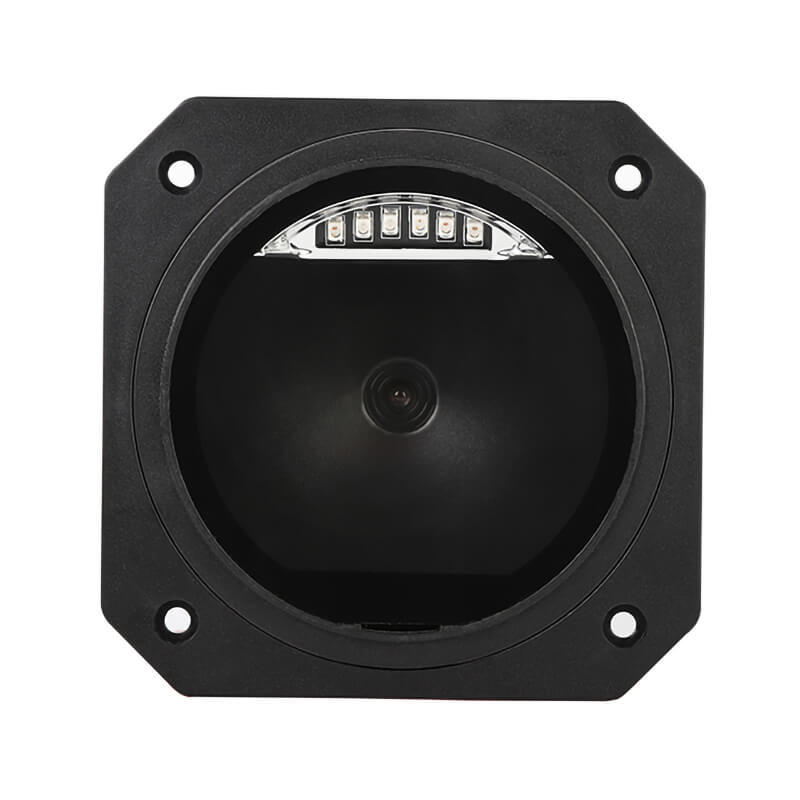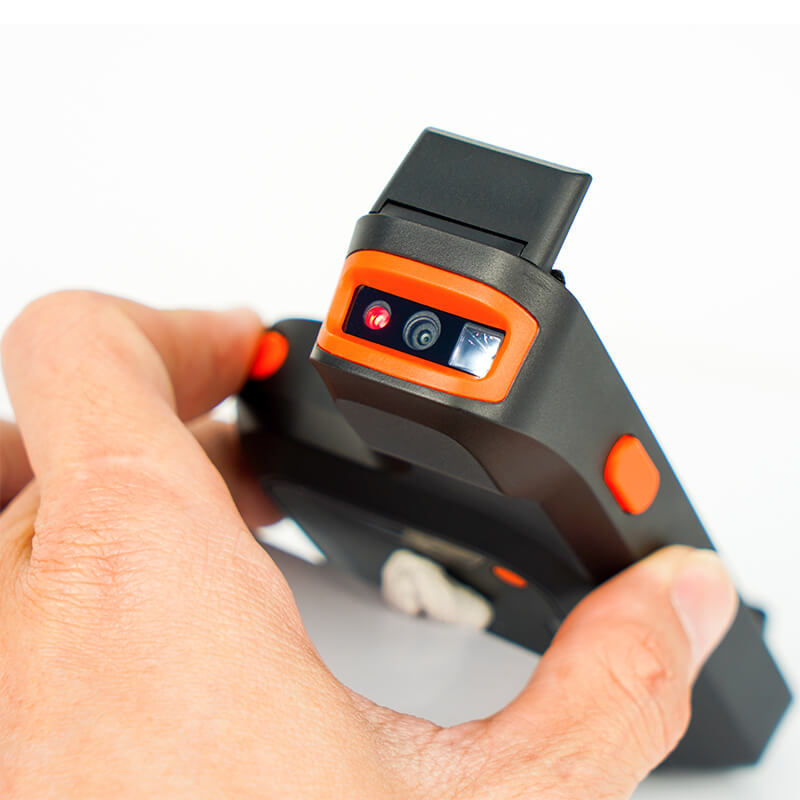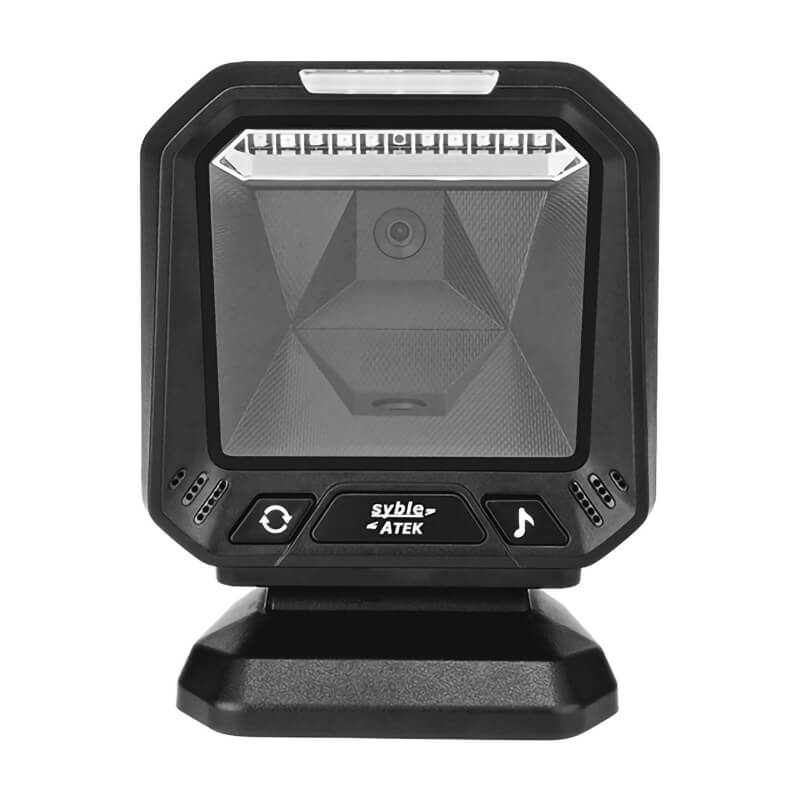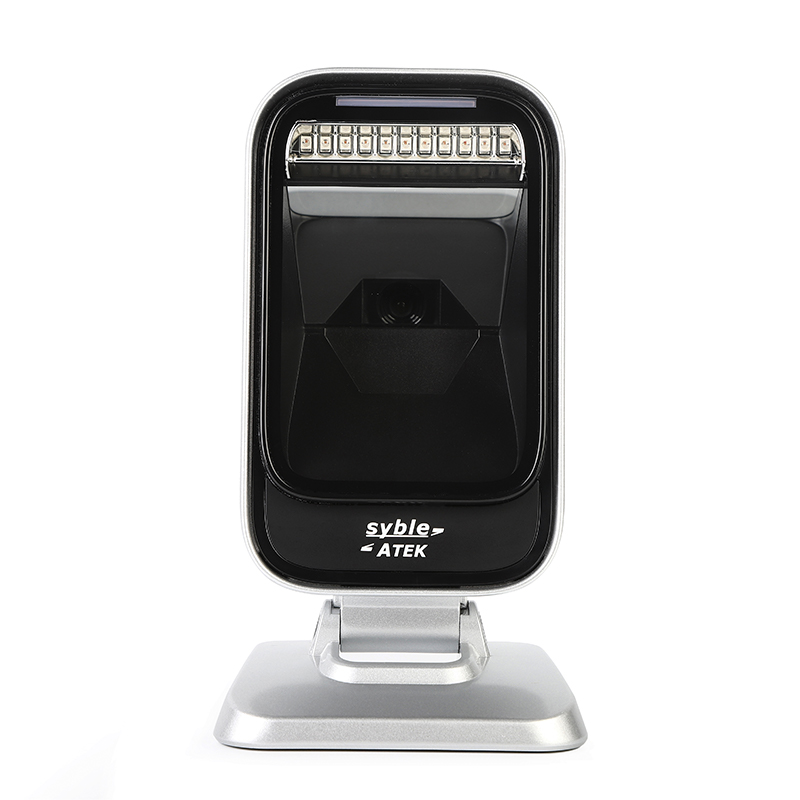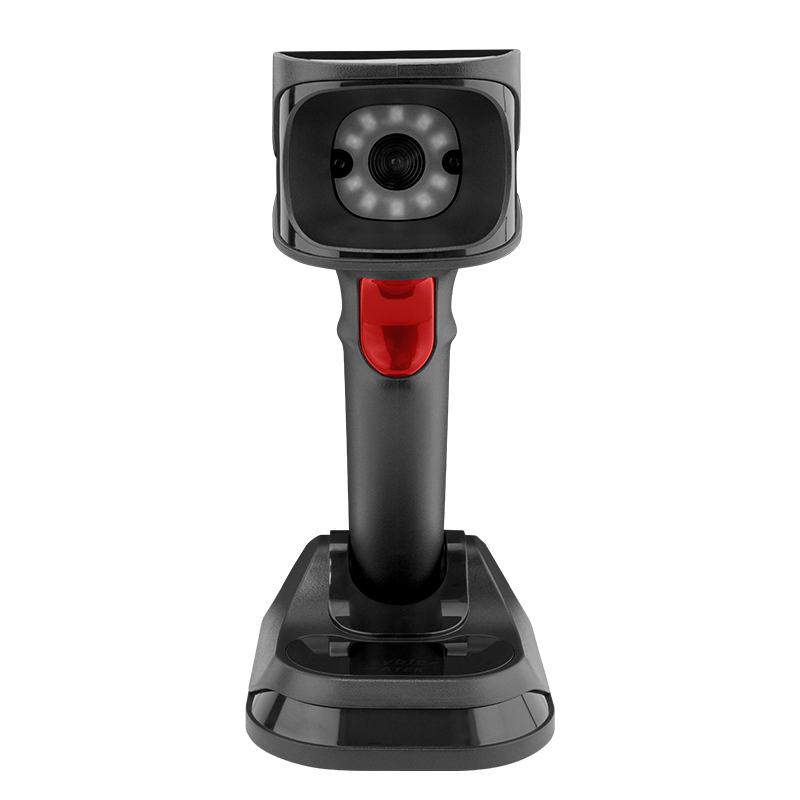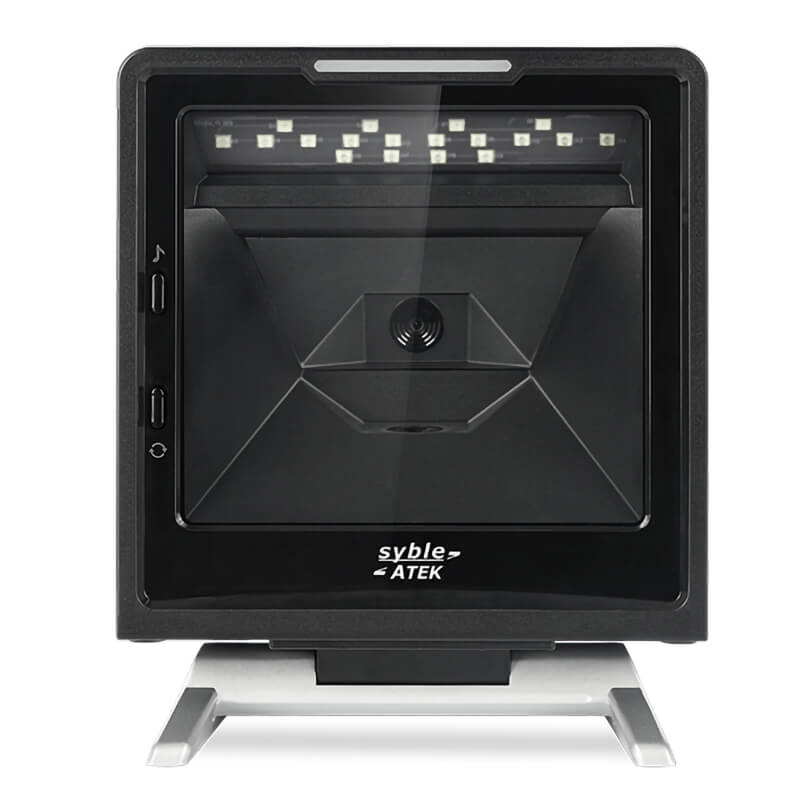1. Enhanced Accuracy in Low-Light Conditions
Highly sensitive sensors, such as Charge-Coupled Devices (CCD), are particularly effective in low-light environments. These sensors can capture more light, improving the scanner's ability to read barcodes accurately even when ambient lighting is poor. For example, in a dimly lit warehouse, a scanner with a high-sensitivity CCD sensor can still decode barcodes without additional lighting.
2. Improved Performance with Damaged or Poorly Printed Barcodes
Sensors with high sensitivity can detect subtle variations in light intensity, allowing them to read barcodes that are smudged, partially obscured, or printed on reflective surfaces. Advanced image processing algorithms, combined with sensitive sensors, can enhance contrast and sharpness, making it easier to decode even low-contrast barcodes.
3. Faster Scanning Speed
Sensitive sensors can capture barcode images more quickly and accurately, reducing the time required for scanning. This is especially important in high-volume environments like retail checkouts or manufacturing lines, where speed is crucial. For example, a scanner with a high-sensitivity CMOS sensor can process multiple barcodes per second, maintaining workflow efficiency.
4. Omnidirectional Scanning
High-sensitivity sensors enable barcode scanners to read barcodes from various angles and orientations. This omnidirectional capability is essential in fast-paced environments where items are quickly passed over the scanner. For example, in a retail setting, a scanner with a wide-angle lens and sensitive sensor can read barcodes regardless of their orientation, reducing the need for manual alignment.
5. Support for High-Density and Color Barcodes
Sensitive sensors are crucial for decoding high-density barcodes (like QR codes) and color barcodes. High-density barcodes require more detailed imaging, while color barcodes need sensors that can distinguish between different hues. For instance, a scanner with a high-sensitivity sensor can accurately read small, intricate QR codes on electronic components.
6. Reduced User Fatigue and Improved Experience
Sensitive sensors ensure that barcodes are read quickly and accurately, reducing the need for repeated scanning attempts. This not only speeds up the scanning process but also reduces user fatigue, especially in environments where scanning is performed over long periods. For example, in a busy retail store, a scanner with a high-sensitivity sensor can improve the overall checkout experience for both employees and customers.
7. Adaptability to Different Environments
High-sensitivity sensors can adapt to varying lighting conditions, ensuring consistent performance across different environments. This adaptability is crucial for applications like logistics and manufacturing, where scanners are used in both indoor and outdoor settings. For example, a scanner with an adjustable sensitivity setting can maintain high accuracy whether used in a brightly lit warehouse or a dimly lit loading dock.
Conclusion
Sensor sensitivity is a key factor in the efficiency and reliability of barcode scanners. By enhancing accuracy, speed, and adaptability, high-sensitivity sensors ensure that barcode scanners can perform optimally in a wide range of applications and conditions. Whether in retail, logistics, or manufacturing, the right sensor sensitivity can significantly improve the overall scanning experience.


